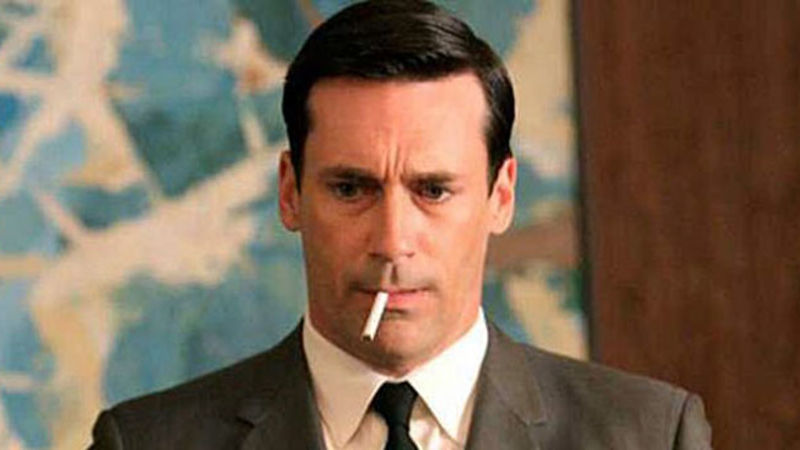iPhone, Therefore I Am
Making a call is the last thing you expect from your phone these days, it's too busy touring Mars, counting sperm or generally being an extension of you. So does the iPhone deserve a spot on our Heroes list?
Contentious one, this. Since this miraculous, pocket-sized piece of kit was introduced to the world by the late Apple co-founder Steve Jobs, in 2007, at one of Apple’s famous on-stage product reveals/hysteria-fests, the iPhone (and its subsequent imitators and competitors) has become a ubiquitous part of life on planet Earth. But that ubiquity is both celebrated and lamented, often in equal measure.
For every person who extols the iPhone’s culture- (and life-) changing virtues there is another ready to cite those same virtues as modern-day vices. Of the iPhone, Jobs said it was “like having your life in your pocket”. But, really, who wants to carry their entire life – social, working, family or otherwise – with them all the live-long day? Who wants to be able to receive and send emails from the beach, their bed, a family funeral? Turns out, quite a lot of people.

A smartphone has become the crutch on which we all lean. A study published recently on the website Hackernoon stated that smartphone users spend over four hours per day on their phones. You could describe that as time spent socialising, researching, listening, watching, photographing, talking, creating. Someone else might describe it as time wasted, head down, oblivious to the real world, lost in a virtual space. You see the contention?
Calling out to creatives
But… this list of ours is fully focussed on the world of advertising and the advent of the iPhone and, subsequently, the social media platforms and myriad apps it helped popularise, saw an explosion in innovation across all creative sectors, including the advertising industry. Six years ago, in 2012, the Cannes Lions festival introduced a dedicated Mobile category for the first time. “A large number of winning campaigns in sections like Media, Design, Direct, and Outdoor have made significant use of mobile technology,” said Philip Thomas, then CEO, now chairman of Cannes Lions. “By carving it out of the other sections, we are simply reflecting the importance of mobile in the media mix.”
Between then and now there have been even greater advances in mobile technology, with augmented reality a tool which has revolutionised what can be done with a phone. Ditto virtual reality, with Google’s Cardboard headset enabling phone users to sample life on other planets [Lockheed Martin’s Field Trip to Mars], other cities [Google Night Walk] and impactful, factual journalism [The New York Times’’ NYT VR series]. Other examples of great mobile campaigns include Gap’s Spring is Weird, which used Instagram Stories as the basis for its micro-films, Domino’s Emoji ordering system and last year’s Cannes Grand Prix-winning Seem, a Japanese fertility app that enables men to check their sperm’s motility.
“But, really, who wants to carry their entire life – social, working, family or otherwise – with them all the live-long day? Who wants to be able to receive and send emails from the beach, their bed, a family funeral? Turns out, quite a lot of people.”
While none of the above campaigns are exclusive to iPhone, it and its parent company paved the way for what smartphones could be, and regardless of email-at-all-hours, deteriorating attention spans, loss of innate sense of direction and selfies, the iPhone has heroically helped creativity be just a swipe away.
)







 Membership
Membership


